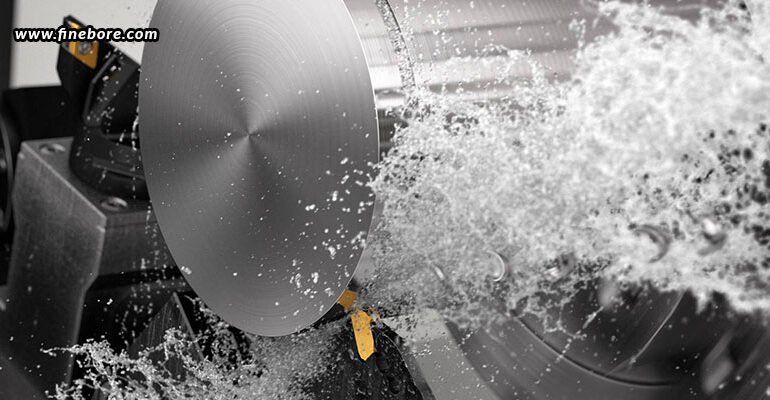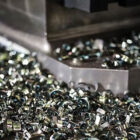Coolant delivery is essential for effective boring operations involving the use of boring heads and boring bars in Bangalore. Whether you’re a seasoned machinist or new to the industry, it’s critical to comprehend the importance of adequate coolant delivery. The blog below will examine the importance and the many uses of coolant during machining, and how they help to make the process efficient and effective.
Vital roles of the coolant
In the world of machining, the coolant acts as a versatile and essential companion, providing a variety of essential services that have a direct bearing on the efficiency of the machine’s operation and the long-term reliability of the tools. Let’s explore these features in more detail below.
- Heat dissipation: The coolant’s main function is to dissipate the heat generated during machining. A great deal of heat and friction are generated as the cutting tool makes contact with the workpiece. Without adequate cooling, this heat can cause workpiece damage, early tool wear, and tool deformation. To ensure that the tool and workpiece stay within their ideal temperature ranges, the coolant steps in to help by absorbing and carrying away excess heat.
- Chip evacuation: When materials are cut and shaped, chips are produced. These chips can build up around the cutting region without efficient chip evacuation, impeding the machining operation and creating problems like chip recutting, which can in turn reduce tool performance. In order to keep a clean and unobstructed cutting zone, coolant is essential as it effectively drains away these chips. This promotes safer working conditions in addition to ensuring smoother machining.
- Surface finish enhancement: From aerospace to automotive, the final machined surface’s quality is a crucial aspect in every industry. By reducing friction between the tool and the workpiece, the coolant can have a considerable impact on surface finish, as this reduces the possibility of workpiece material sticking to the tool, producing smoother and more accurate finishes that satisfy strict quality standards.
- Lubrication: As a natural byproduct of machining, friction between the tool and workpiece will always exist. Rapid tool wear brought on by too much friction might result in higher tool replacement costs and machining downtime. However, by lowering the frictional forces, and acting as a lubricant, the coolant increases the life of your cutting tools. This reduces the expense of replacing tools and guarantees a constant level of machining performance over time.
- Material compatibility: Since different materials call for different machining techniques, the coolant can be tailored to accommodate them. For instance, some materials might benefit from oil-based coolants, while others would need water-based ones. These material-specific requirements can be accommodated by modifying coolant delivery systems, which will improve the efficacy and efficiency of the machining operation.
Types of coolant delivery systems
As mentioned above, modifying coolant delivery systems can affect the efficacy and efficiency of the machining operations. So, let’s learn below about the various coolant delivery systems that are employed in the machining industry.
- Flood coolant systems: These systems are frequently employed in numerous machining operations, as they are efficient in removing chips, dissipating heat, and lubricating machinery. They are especially helpful in applications where a steady flow of coolant is necessary.
- Mist coolant systems: These systems produce a mist that is focused at the cutting region by atomizing coolant into tiny droplets. These systems are appropriate for applications where just a small amount of coolant is required because they offer efficient cooling and lubrication while using less coolant.
- Through-spindle coolant systems: In these systems, the coolant is delivered directly through the spindle and into the tool holder, where it is then routed to the cutting tool. This technique is incredibly effective in cooling the tool, minimizing tool wear, and improving the surface finish.
- High-pressure coolant systems: In these systems, pumps are used in high-pressure coolant systems to pressurize the coolant, which improves its ability to enter the cutting zone. As a result, chip evacuation is improved, tool wear is decreased, and machining precision is increased. These systems are frequently used in applications where high-speed machining is necessary.
To conclude, coolant delivery impacts the effectiveness of machining operations and the durability of cutting tools. And, as machining technology develops, coolant delivery systems are changing too. Machinists may now fine-tune coolant flow rates, pressure, and temperature for the best outcomes, thanks to new advancements like digital control systems and real-time monitoring. Additionally, more automated and precise machining procedures are becoming possible as a result of the integration of coolant delivery with CNC machines.






